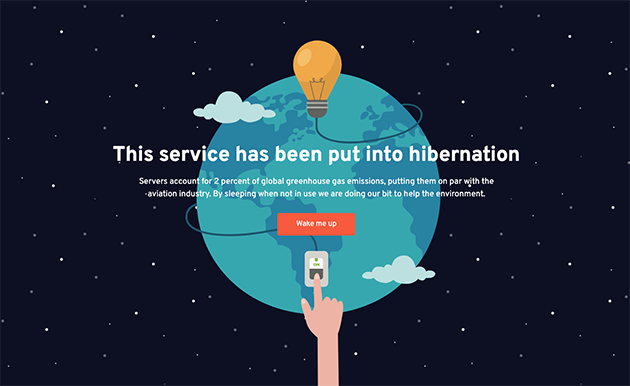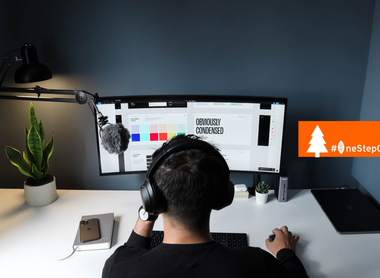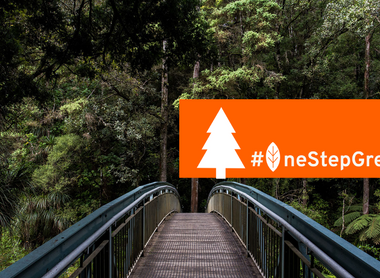Top tips for a ‘greener’ website
Top tips and tools to help your team create a lighter, faster and more energy efficient website.
The technology used to develop, build and run websites also has its part to play in the effort to reduce energy use and tackle climate change.
At Pixl8 we are continually looking to improve our technical processes and systems in order to become more energy-efficient.
Here are some of things that we are doing and our tips for greener website development:

We have adopted Amazon Web Services for developing and hosting our clients’ websites. This cloud-based solution means that we are reducing our number of physical servers and the resources needed to maintain them. Amazon also have their own environmental commitments and highlight the energy-saving benefits of cloud technology:
Websites can contain hundreds of assets including images, videos, documents and other files. While there are easy things that you can do to reduce the number and size of assets, it's also important to store them in the most energy efficient way.
We use cloud-based Amazon Simple Storage Service (Amazon S3) to store website assets. This means that instead of an asset being stored in a physical server at one location it can be served from multiple locations. This makes it more energy efficient to store and serve assets and gives a better experience for the end user.
When our clients’ websites are in User Acceptance Testing (UAT) and Quality Assurance (QA) mode they aren’t in use all the time.
System information and website user logs all need to be stored somewhere. These include:
Our team regularly reviews the number of logs in our systems and actively works to reduce them. Repetitive or duplicate logs are removed or offloaded to integrated services - for example Google Analytics.
Preside is the platform that we use to build websites. It includes tools for our clients including CMS, CRM, Email, Event and Awards Management, Finance and more.
Bot traffic can make up 50% or more of visits to a website - which could be good or bad in nature.
Javascript libraries hold assets that are essential for simplifying and standardising the implementation of page behaviour and style. A website might have 30 independent stylesheets which need to be served for each visitor page request.
One of our top tips for a greener website is to reduce the size of images to help reduce page weight and use less processing power.
We use this technique to serve images and content to website visitors only when they are within or close to the viewable screen area.
The load of web assets such as images, html documents, video can be reduced by server side caching.
We have migrated to a more secure, energy-efficient cloud-based hosting platform for developing and hosting our clients' applications. This is reducing our energy consumption, increasing application efficiency and increasing our use of renewable energy sources. We continually review other technologies and software development techniques that can help continue to reduce our overall carbon footprint.
Niall O’Doherty, Technical Services Director
Pixl8 Group

Top tips and tools to help your team create a lighter, faster and more energy efficient website.

Find out more about our SME Climate Commitment and what we are doing to reduce our energy consumption.

Get top tips for technology that can help greener web development.